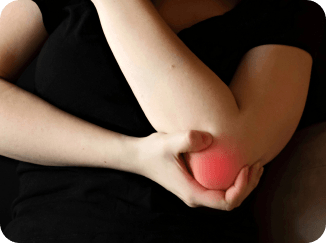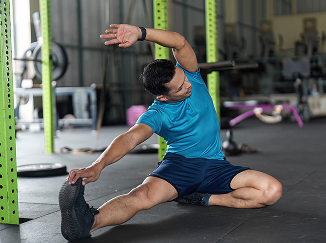What is Tennis Elbow?

Tennis elbow is a condition where the tendons on the outside of your elbow become irritated or damaged. It often happens from overuse, especially from repeated gripping, lifting, or wrist movements.
This condition usually affects a tendon that connects to the muscles responsible for moving your wrist and fingers, most commonly the one that helps lift your wrist (called the extensor carpi radialis brevis). The tendon can become inflamed or even start to tear slightly, causing pain and weakness around the outside of your elbow.
Despite the name, you don’t have to play tennis to get tennis elbow. While it may be common among tennis players who move their wrists excessively, it can happen to anyone.






